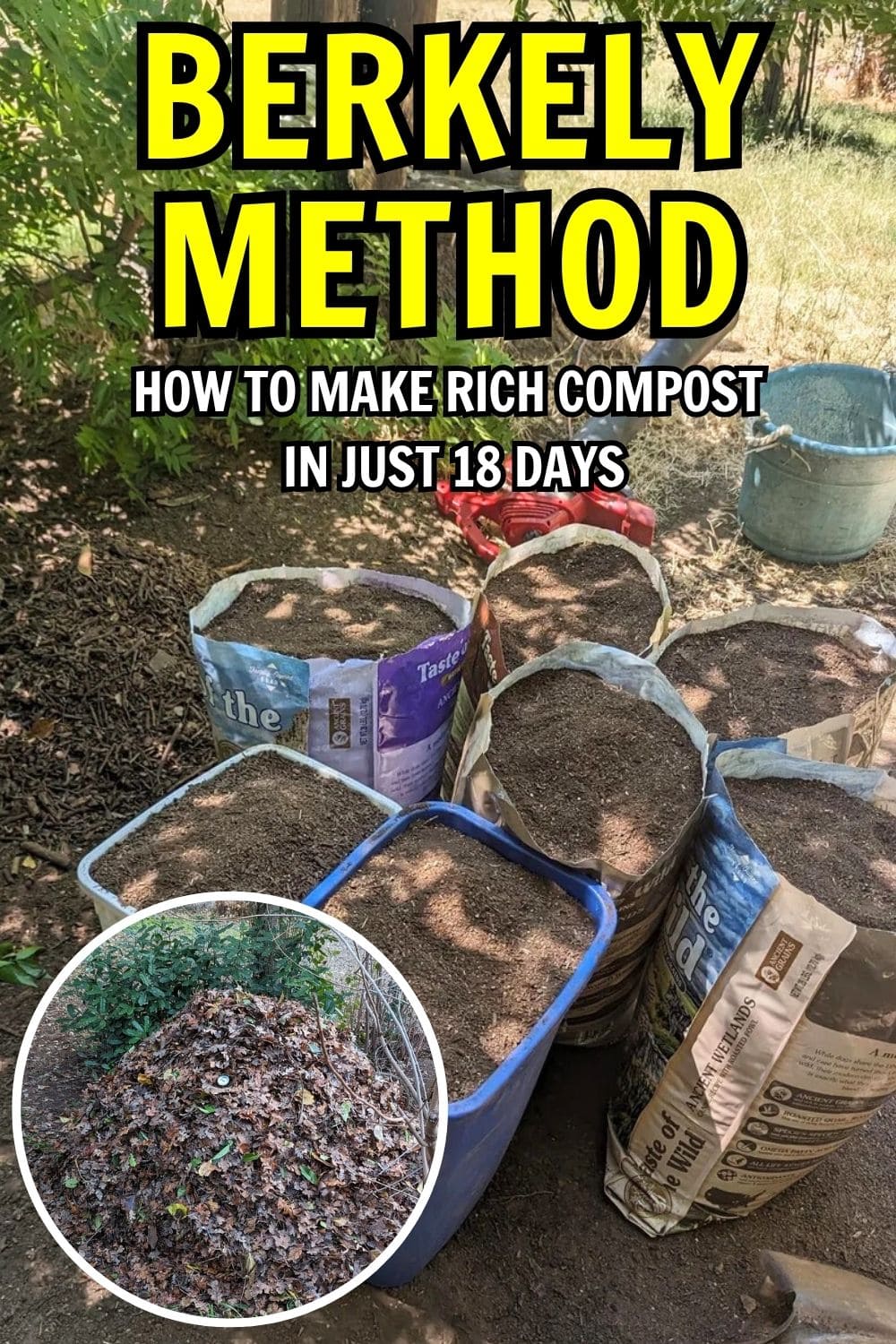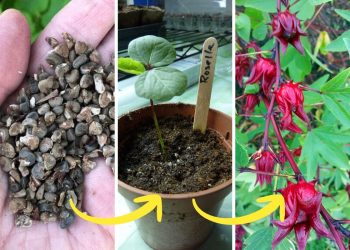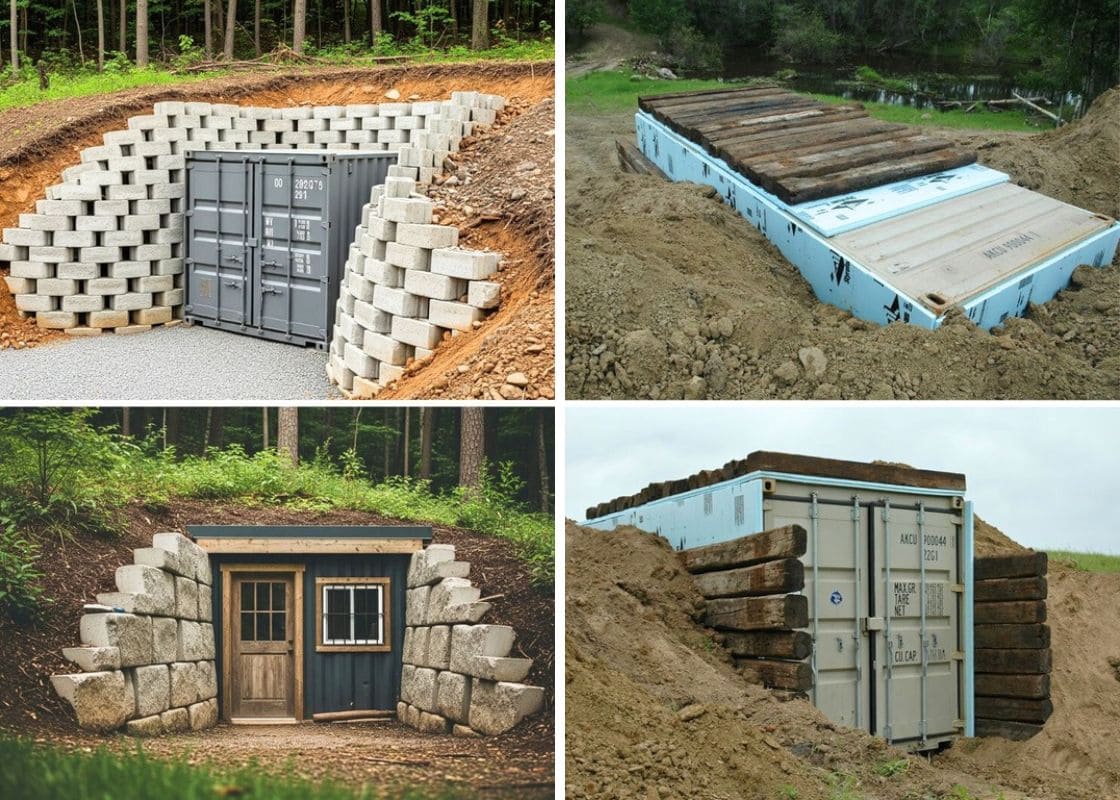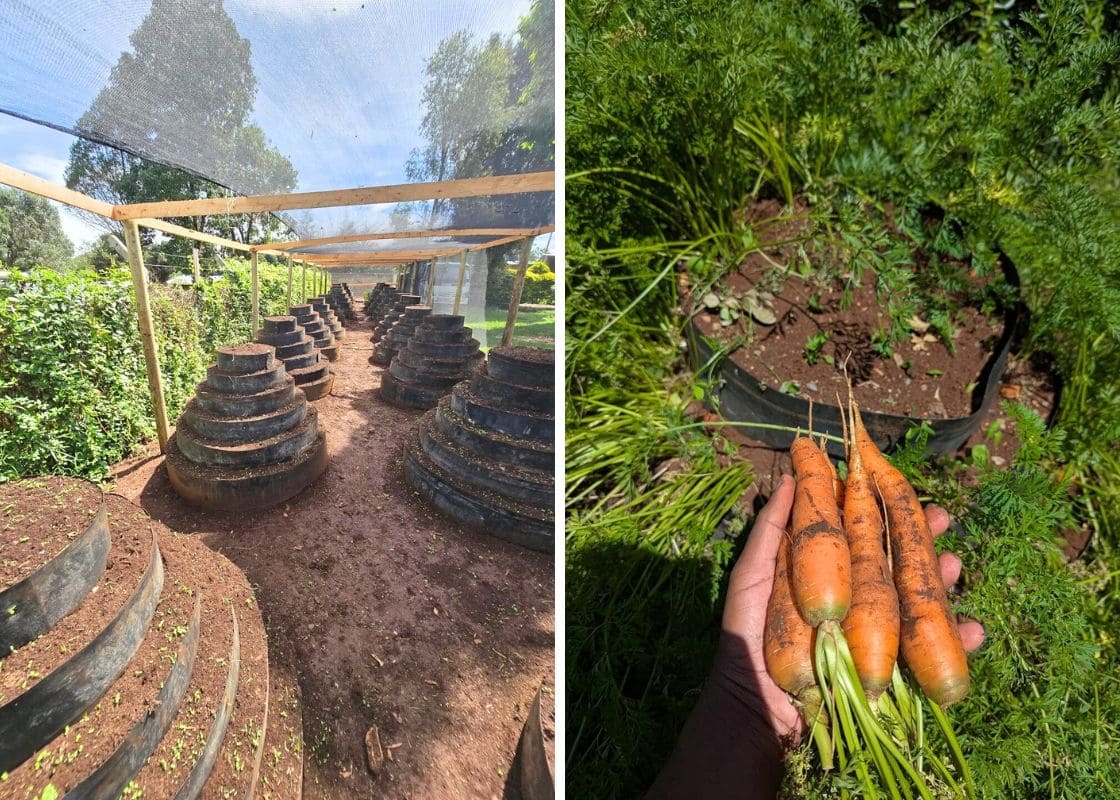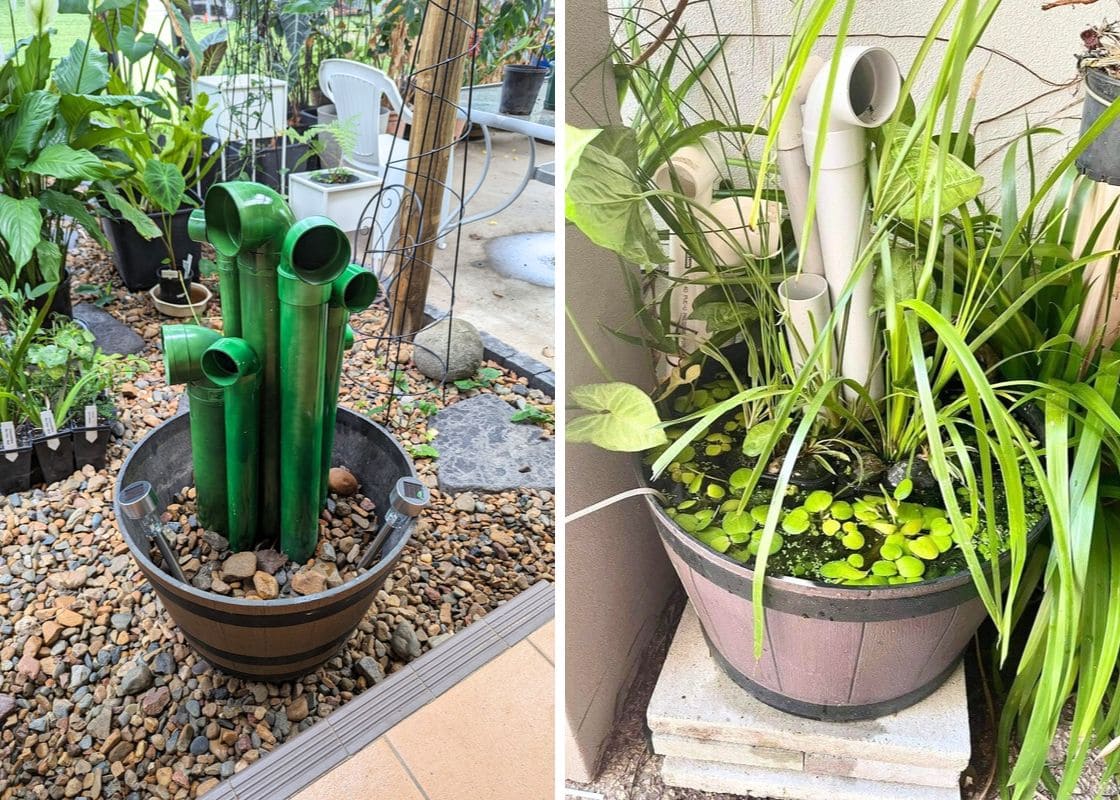When I first started composting, I thought it would be a slow and patient process.
I’d pile up kitchen scraps and leaves, water them occasionally, and wait months for that dark, crumbly compost to appear.
However, I’m not exactly the patient type when it comes to my garden. Then I discovered the Berkeley Method, a fast and efficient way to make compost in just 18 days.
What Is the Berkeley Method?
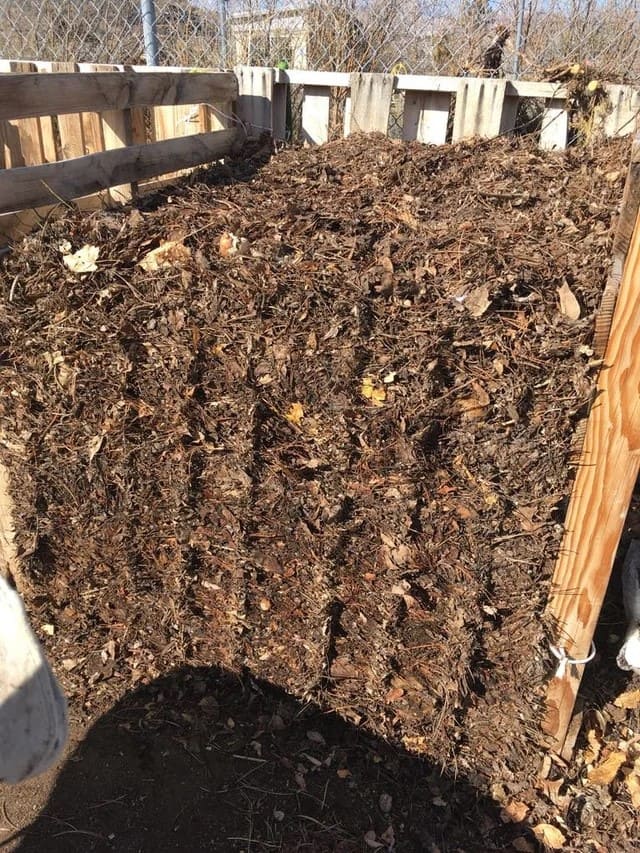
The Berkeley Method, developed at the University of California, is known as a hot composting method.
Unlike traditional compost piles that take months (or even a year) to break down, this one uses heat and regular turning to speed up decomposition dramatically.
The secret lies in maintaining high internal temperatures between 130°F and 160°F (54°C-71°C).
Those temperatures encourage beneficial microorganisms to work faster, breaking down organic matter quickly and efficiently.
The heat also kills weed seeds and harmful bacteria, leaving behind clean, fertile compost that your plants will love.
In short, the Berkeley Method gives you the same results as traditional composting just in a fraction of the time.
Why It’s Worth Trying
If you’ve ever struggled with slow compost piles or uneven results, the Berkeley Method is a game-changer.
It’s perfect for anyone who wants a steady supply of compost for raised beds, vegetable gardens, or new plantings.
The fast pace also means you can reuse your composting space more often, making it ideal for smaller gardens.
Plus, there’s something deeply satisfying about watching your pile heat up, steam rising in the morning sun, knowing that nature’s recycling process is in full swing.
What You’ll Need
Before you start, gather your materials. The key is to balance green (nitrogen-rich) and brown (carbon-rich) materials.
- Greens: fresh grass clippings, fruit and vegetable scraps, manure, or green leaves.
- Browns: dry leaves, straw, shredded cardboard, sawdust, or small twigs.
You’ll also need:
- A compost thermometer
- A pitchfork or shovel
- A hose or watering can
- A compost area that’s at least 3 feet wide and 3 feet tall
That size is important as smaller piles won’t retain enough heat, and larger ones are hard to manage when you need to turn them.
Step-by-Step: The Berkeley Composting Process
Day 1: Build Your Pile
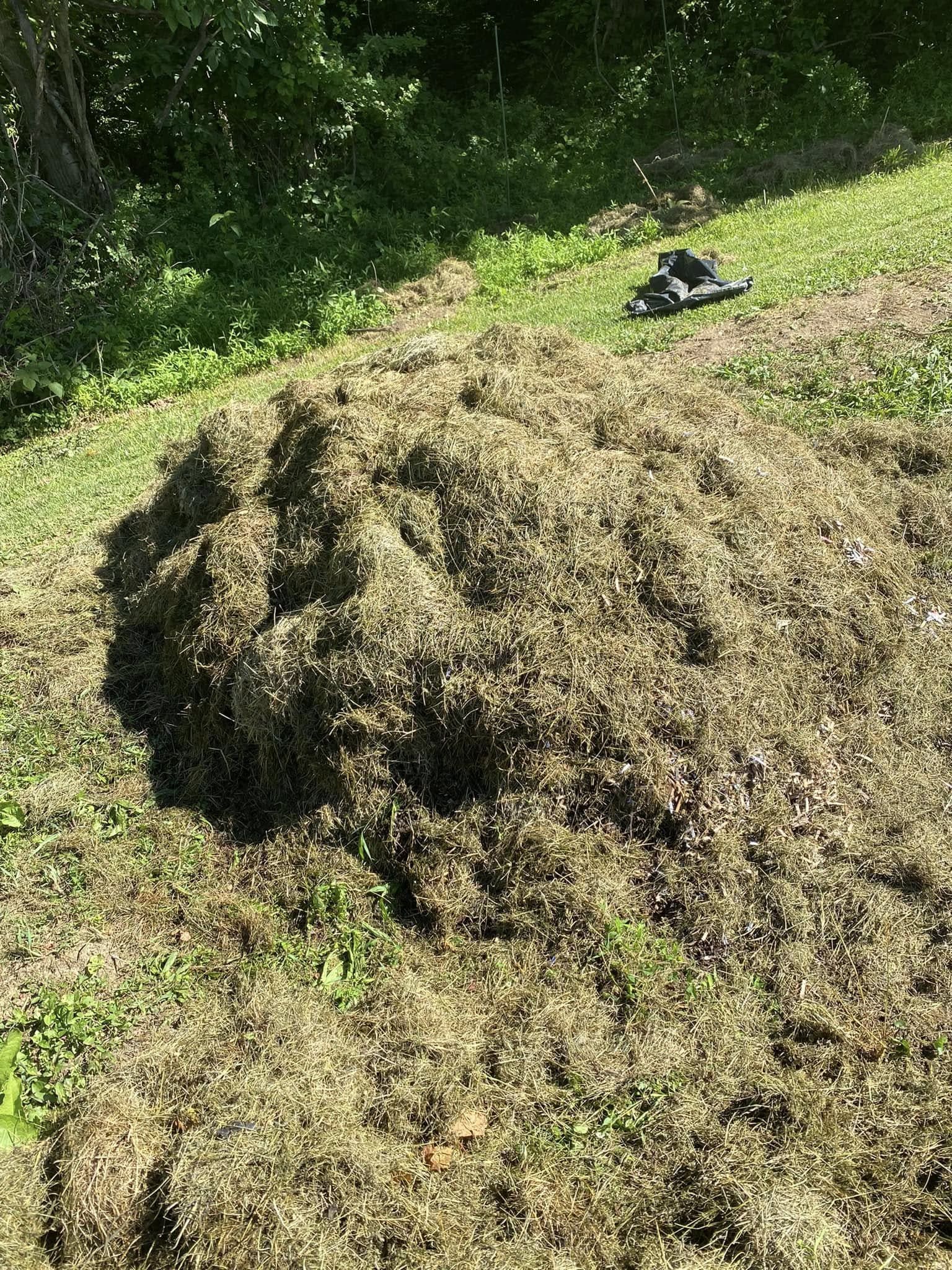
You start by layering your greens and browns. Aim for a ratio of about 1 part greens to 2 parts browns.
Next, add a little water as you go so the pile is moist but not soggy, it should feel like a damp sponge. This moisture helps microbes thrive.
Days 2-4: Let It Heat Up
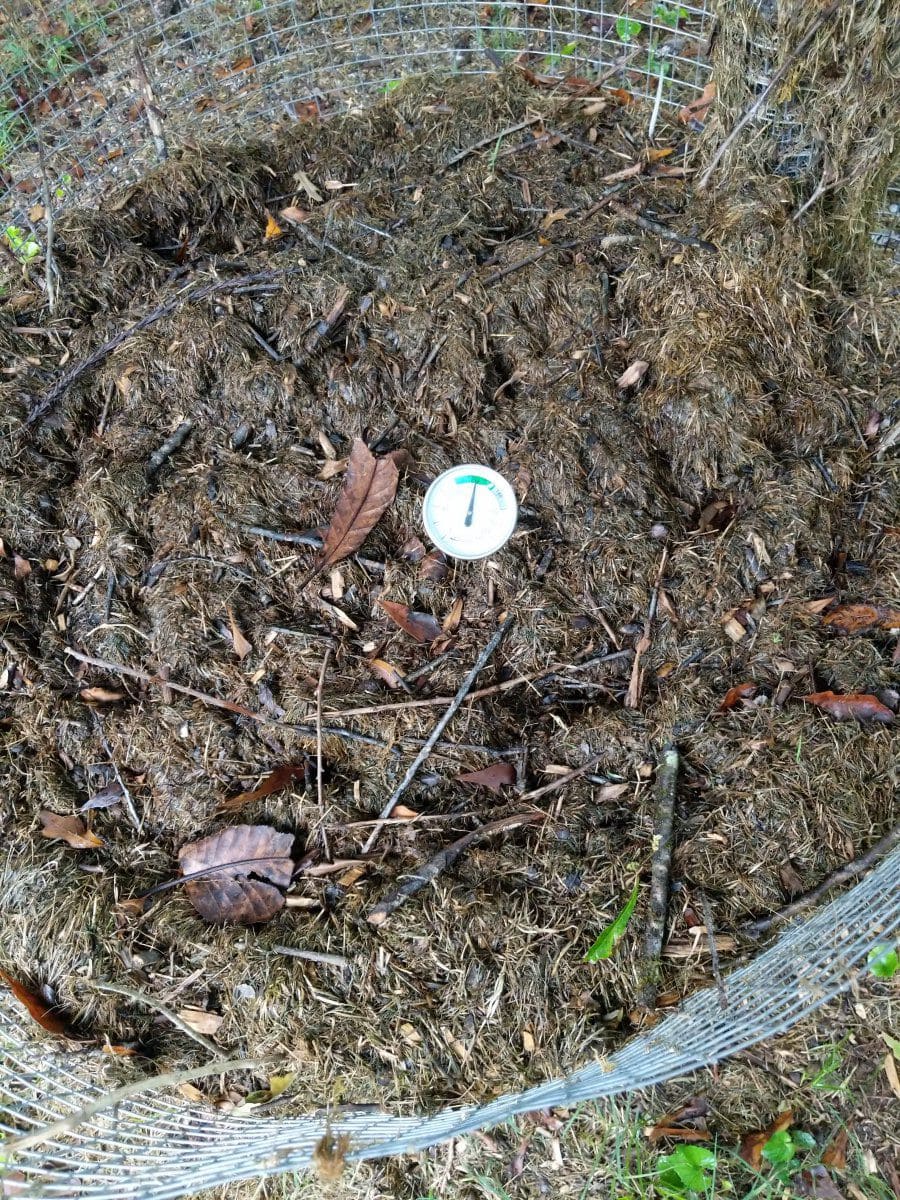
Within a couple of days, your pile should start to heat up.
You’ll know it’s working when you see steam rising or your thermometer reads above 130°F. This is the hot stage when the composting microbes are most active.
Day 4: First Turn
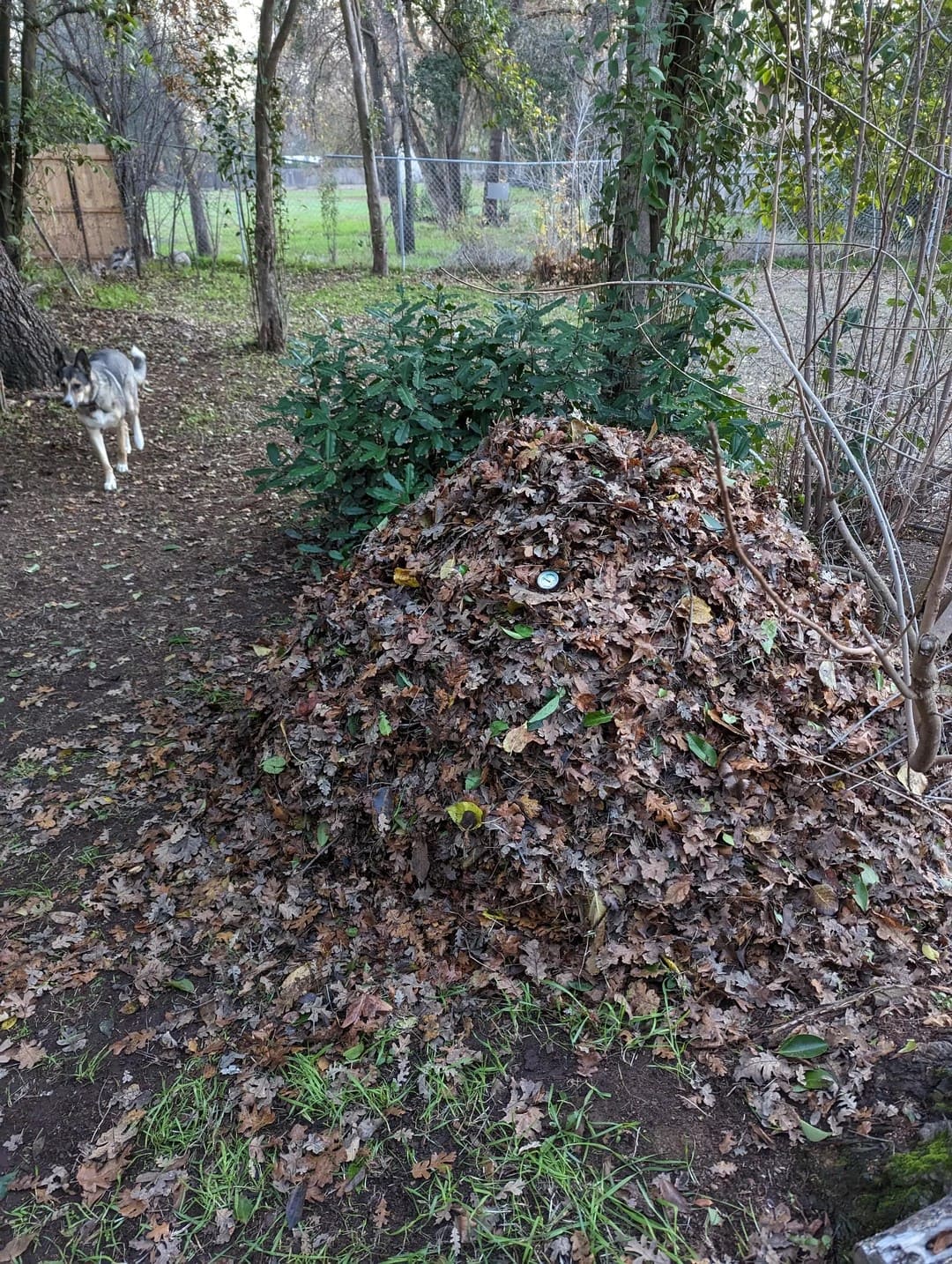
Now, turn the pile completely with a pitchfork or shovel.
Move the material from the outer edges into the center and mix it thoroughly. This ensures everything heats evenly and stays oxygenated.
Days 6-18: Keep Turning
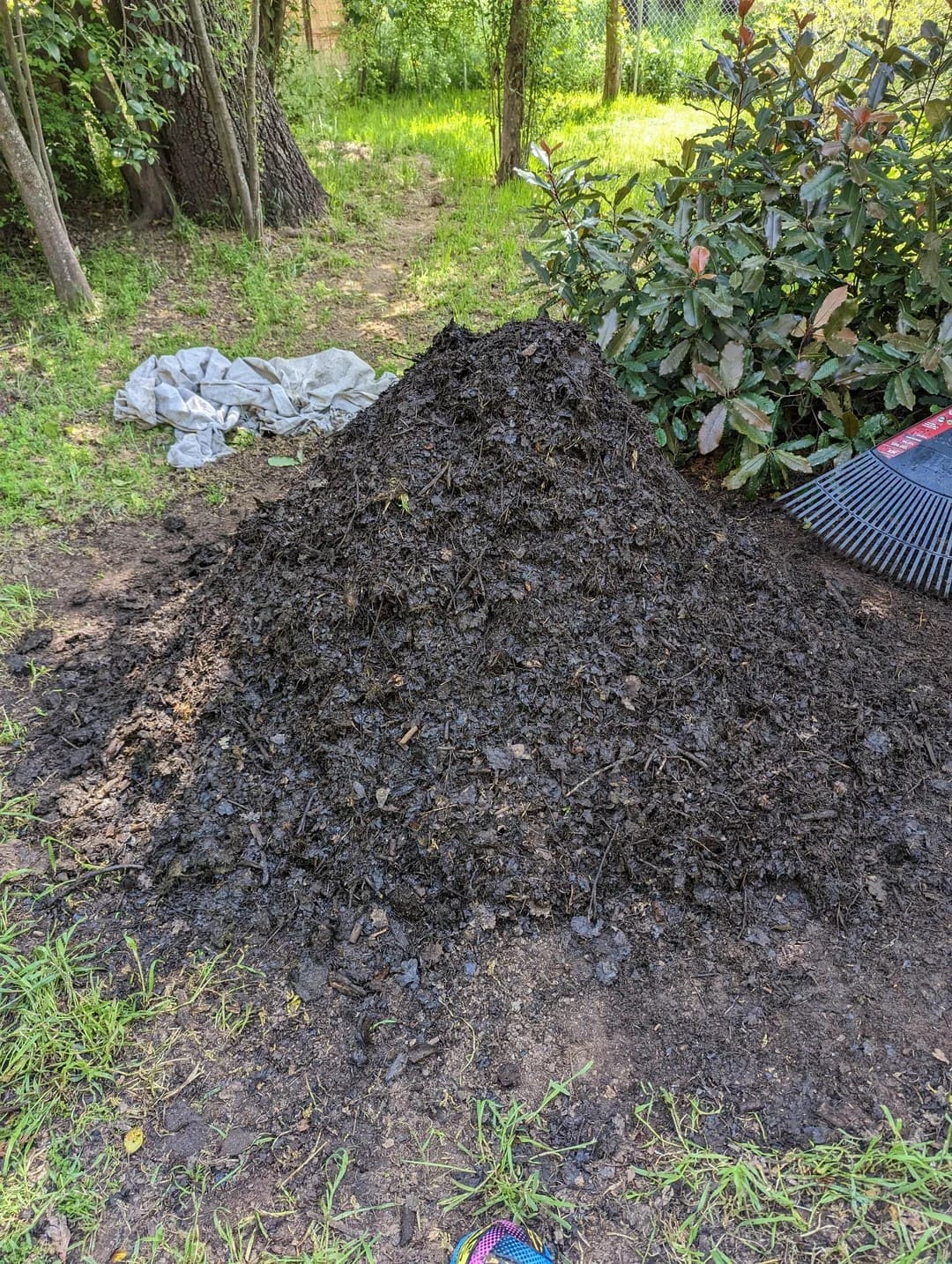
You’ll continue turning the pile every two days. Each time you turn, check the temperature and moisture level. If it feels dry, sprinkle some water.
If the temperature drops too soon, you can add a handful of fresh greens to reactivate it.
By around day 18, your compost should be dark, crumbly, and smell like fresh earth. That’s your sign it’s ready to use.
Why The Berkeley Method Works So Fast
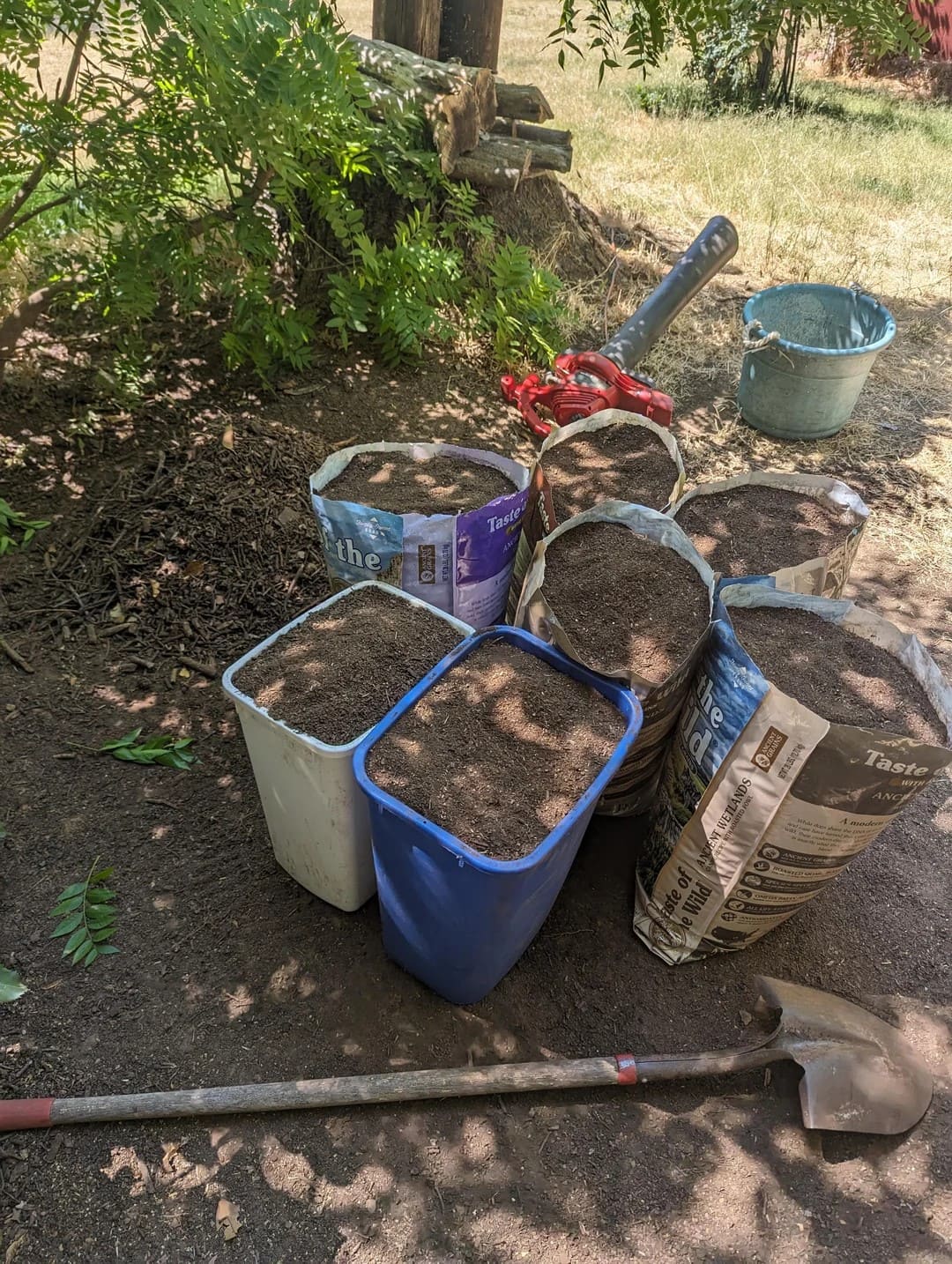
Traditional composting relies on a slower, natural breakdown process that can take months.
The Berkeley Method speeds things up by creating the perfect environment for heat-loving microorganisms to flourish.
By turning the pile frequently, you supply oxygen, which these microbes need to stay active.
The high temperature, combined with moisture and oxygen, keeps decomposition at peak efficiency.
Tips for Success
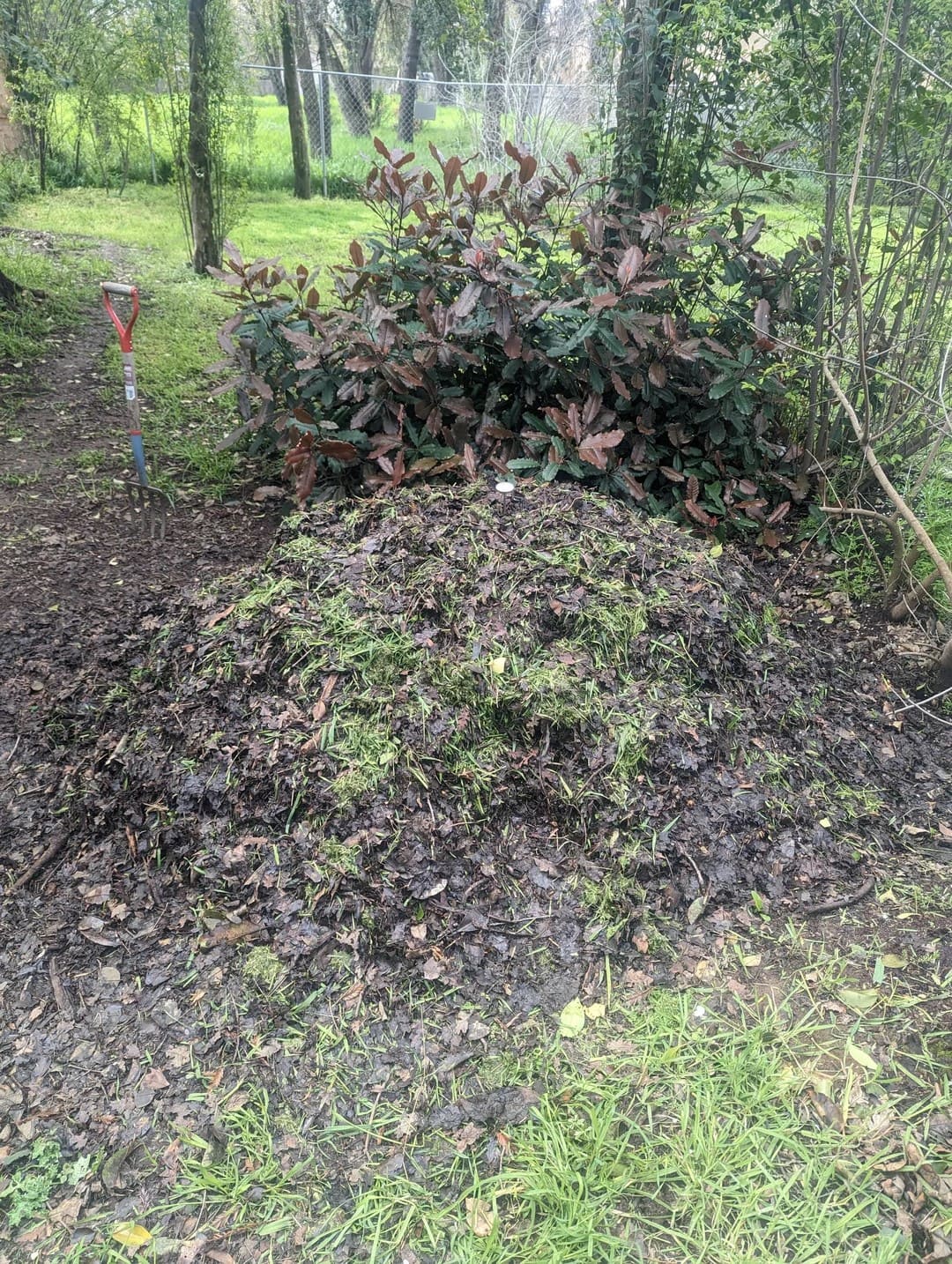
When I first tried this method, I made the mistake of adding large chunks of stems and branches. It slowed everything down.
Now I make sure to shred or chop larger materials before adding them to the pile. The smaller the pieces, the faster they decompose.
Additionally, avoid adding meat, dairy, or oily food scraps. These don’t break down well and can attract pests.
You should stick with fruit peels, vegetable scraps, and garden clippings.
If your pile starts to smell bad, it’s likely too wet or lacking air, just turn it more often and mix in a few dry materials like straw or shredded cardboard.
And finally, don’t skip the thermometer. It might seem optional, but checking your pile’s temperature helps you stay on track.
The sweet spot is between 130°F and 160°F, anything lower means your pile needs more greens or moisture.
Common Mistakes to Avoid
You need to avoid piles that are too small, as they can’t retain heat. Likewise, don’t let your pile dry out completely as the microbes need moisture to survive.
Skipping turns is another common issue. If you forget to mix it regularly, parts of the pile will stay cold and undecomposed.
Set a reminder or write a quick schedule on your phone to help you stay consistent. Eighteen days goes by fast when you stay on top of it.
Benefits of the Berkeley Method
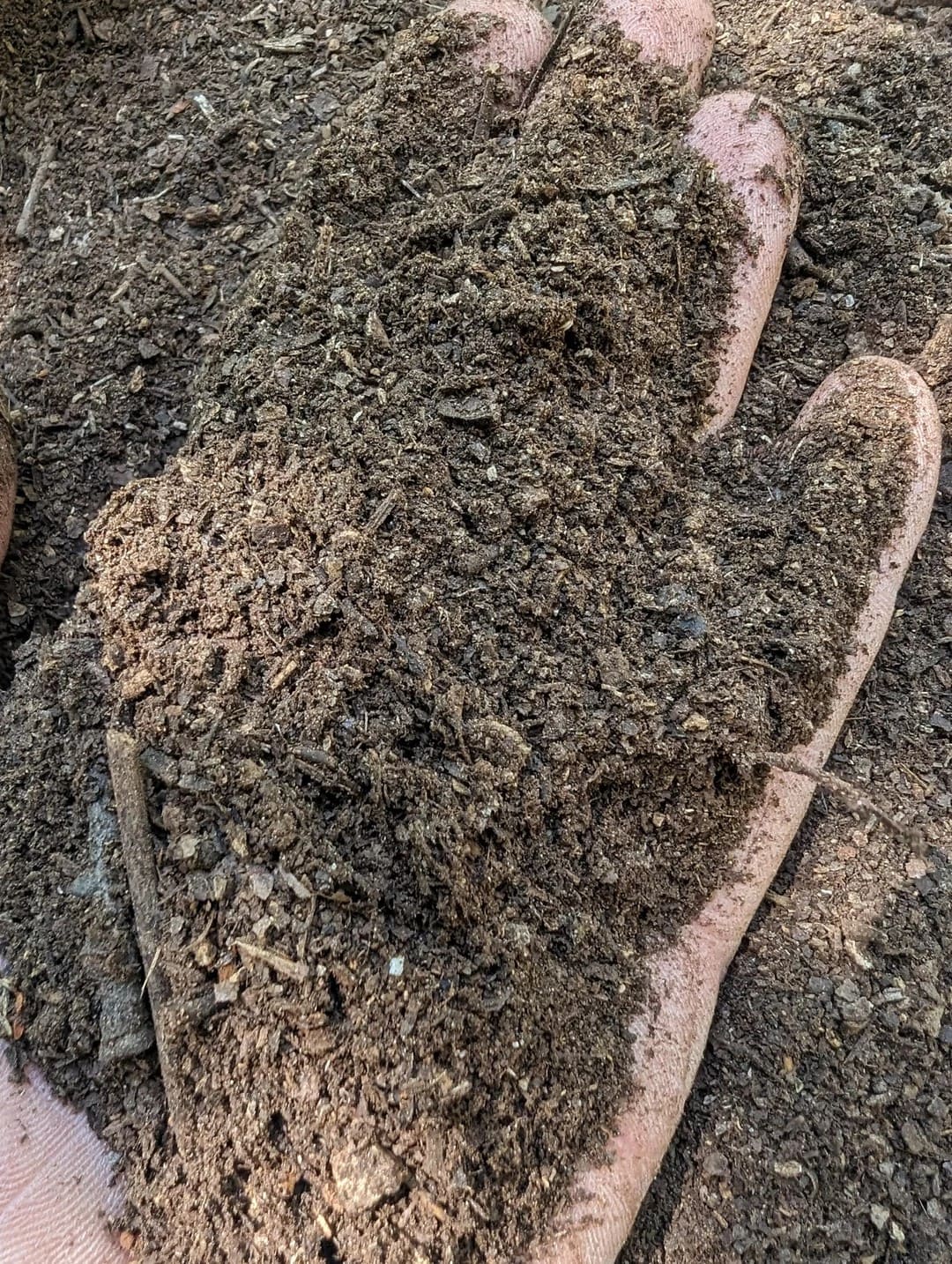
One of the biggest perks is speed. You can go from kitchen waste to garden gold in under three weeks. But beyond that, hot composting produces cleaner compost.
The high heat kills pathogens, fungus spores, and weed seeds, making it safer for your plants.
It also reduces odors, prevents flies, and helps keep your compost area neat.
The end result is rich, fluffy compost packed with nutrients, the kind that improves soil structure, boosts moisture retention, and supports strong plant growth.
Maintenance and Storage
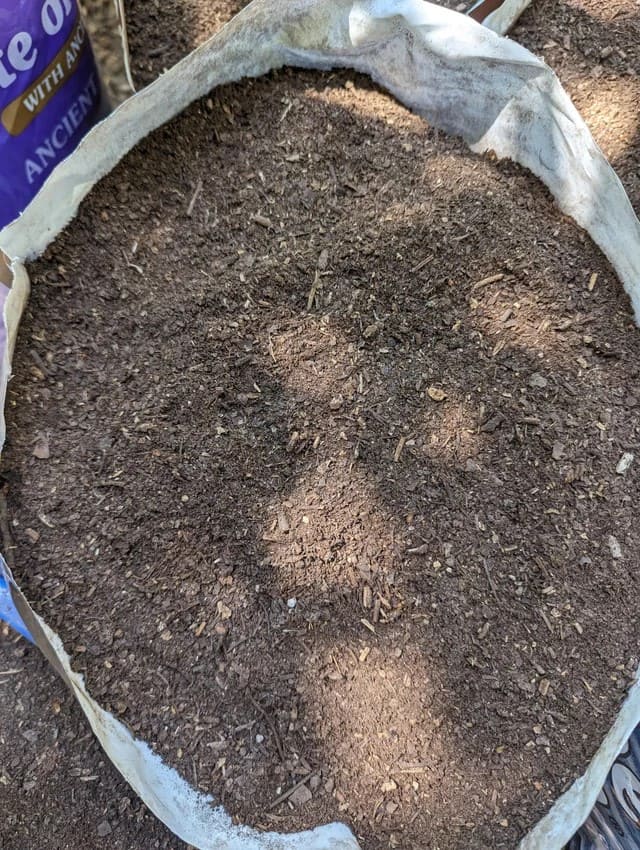
Once your compost is ready, let it cool for a few days before using it.
If you have extra, store it in a dry, covered bin or use it as mulch around your garden beds.
I like to keep a small pile going year-round so I always have fresh compost ready for new plantings.
If you live in a cooler climate, consider insulating your compost pile with straw bales or a tarp during cold months.
It helps hold in the heat and keeps the process consistent even in chilly weather.
Refer to: How to Build a Homemade Vermicomposter
